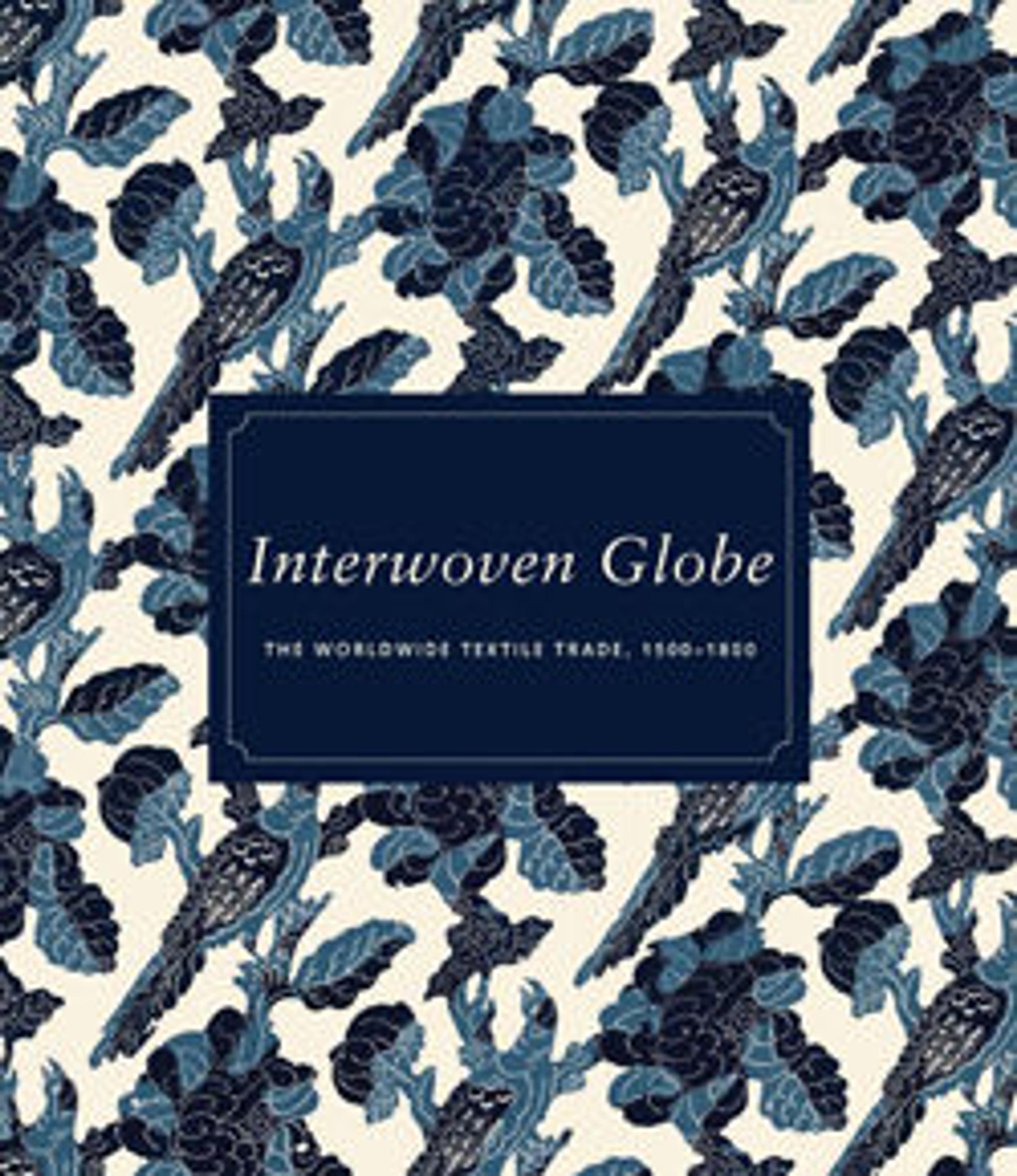Petticoat panel
The primary goal of the Dutch East India Trade Company and its English equivalent (established in 1597 and 1600, respectively) was the acquisition of pepper and spices in Malaysia, but the Indian painted and dyed cottons used for subsequent foreign barter also generated excitement at home. Introduced perhaps by accident during the seventeenth century, the fabrics fascinated European consumer's, who had no local equivalent that could compete for brightness, variety, and fastness of color at relatively low cost. The designs were achieved by repeatedly painting with mordants and resist dyeing the cloth for each color and shade.
Experts at customizing exports, Indian chintz makers had manufactured specific designs for their earlier trading partners in the Near East, Africa, and Asia. Similarly, designs were developed to meet the needs of individual European markets and to appeal to regional tastes. This type of pattern, with lively and anecdotal figural compositions—from a semimilitary parade to couples visiting and dining—was intended for the Dutch market. It found particular favor in the northern Netherlands province of Friesland and especially in the town of Hindelopen, where it would most likely have been everyday wear for a wealthy farmer's wife.
Experts at customizing exports, Indian chintz makers had manufactured specific designs for their earlier trading partners in the Near East, Africa, and Asia. Similarly, designs were developed to meet the needs of individual European markets and to appeal to regional tastes. This type of pattern, with lively and anecdotal figural compositions—from a semimilitary parade to couples visiting and dining—was intended for the Dutch market. It found particular favor in the northern Netherlands province of Friesland and especially in the town of Hindelopen, where it would most likely have been everyday wear for a wealthy farmer's wife.
Artwork Details
- Title: Petticoat panel
- Date: third quarter 18th century
- Culture: Indian, Coromandel Coast, for Dutch market
- Medium: Cotton, painted resist and mordant, dyed
- Dimensions: 33 5/8 x 67 1/2 in. (85.4 x 171.5 cm)
- Classification: Textiles-Painted and Printed
- Credit Line: Purchase, Friends of European Sculpture and Decorative Arts Gifts, 1992
- Object Number: 1992.82
- Curatorial Department: European Sculpture and Decorative Arts
More Artwork
Research Resources
The Met provides unparalleled resources for research and welcomes an international community of students and scholars. The Met's Open Access API is where creators and researchers can connect to the The Met collection. Open Access data and public domain images are available for unrestricted commercial and noncommercial use without permission or fee.
To request images under copyright and other restrictions, please use this Image Request form.
Feedback
We continue to research and examine historical and cultural context for objects in The Met collection. If you have comments or questions about this object record, please complete and submit this form. The Museum looks forward to receiving your comments.
